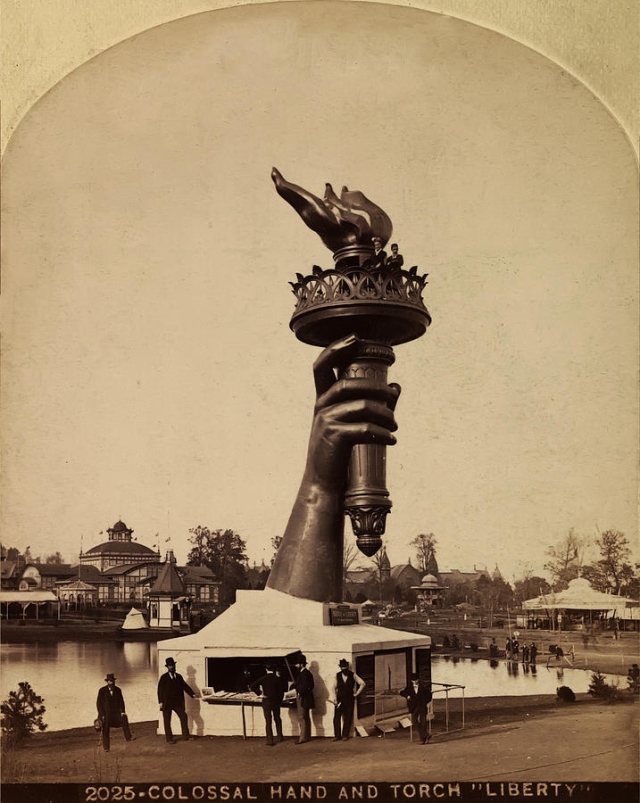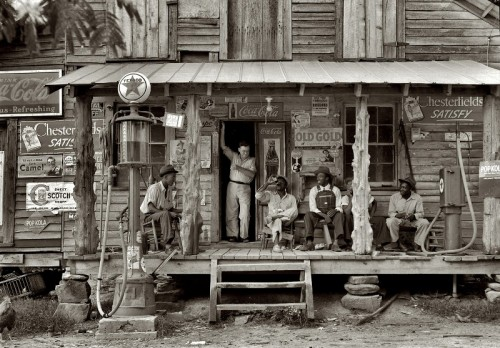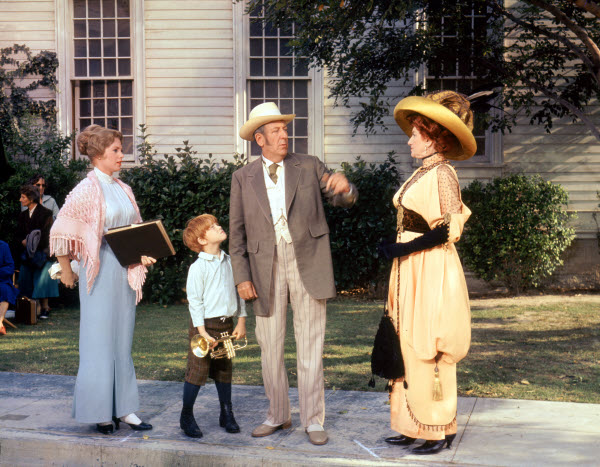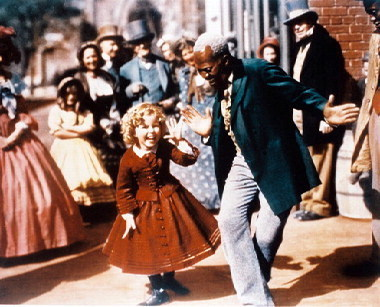TIME GHETTO
Pam Dewey
You have no doubt heard the term “ghetto.” Wiki says:
A ghetto is a part of a city predominantly occupied by a particular ethnic group that may be looked down upon for various reasons, especially because of social or economic issues, or because they have been forced to live there (e.g. the Jewish Ghettos in Europe).
The term was originally used in Venice derived from the word Borghetto, meaning Little Borgo, a cluster of homes and buildings often outside Italian city walls, to describe the area where Jews, tradespeople or agricultural workers were compelled to live. In rural Italy, Borghetto is not necessarily a pejorative term. In modern context, the term ghetto now refers to an overcrowded urban area often associated with specific ethnic or racial populations living below the poverty line.
In Europe the population of a ghetto was usually forced to live there by law or social pressure. In the US, it is not that an individual is legally required to live there, but that circumstances of multi-generational family experience including unrelenting poverty have confined him there.
One of the features of “life in the ghetto” in the US for many people since the 1800s has been that they have never been beyond its borders. They don’t know what the “outside world” is like because all they have ever known is the tenements and streets and alleys of their own ghetto. Since the advent of television this has become less true, of course, because even the poorest of people most often have a television. This has allowed them to vicariously experience a bit of what it is like elsewhere in the US—but then again, it can be a very distorted view of the rest of the country given the common fare on TV.
Which of course is also the view that people in other nations have of the US … do they wonder if the lives of all six year olds in our country are like those of Honey Boo Boo (Alana) Thompson, child beauty pageant participant, of the recent hit reality show “Here Comes Honey Boo Boo”?
This same principle of a greatly narrowed view of the country can apply to history, because actually we are all essentially trapped in our own Time Ghetto. All we really have ever seen—for ourselves—of the United States is what has gone on between the moment of our birth and the present. All we really know about the generation just before ours is what our parents and older relatives have told us of their own observations and experiences, along with what we’ve seen on “re-runs” of old TV shows and the like, along with a few news clips of famous events.
Go much further back, beyond our grandparent’s generation, and we have NO first-person “primary sources” to consult. And let’s face it…most of us have never even bothered to “pick the brains” of those older than ourselves for their perspective on their own lifetime. Those of my daughter’s generation likely know more about the time period of my childhood in the 1950s and early 1960s from Andy Griffith Show re-runs than they do from talking with relatives.
 (Yes, that’s a young Ron Howard playing Opie.)
(Yes, that’s a young Ron Howard playing Opie.)
Andy Griffith’s show was fiction, and only reflected very vaguely “what life was like” in those days for the tiny portion of the population living in small rural towns in the south. And re-runs of the Beverly Hillbillies reflected nothing of reality for anybody.
So where do we get our view of “what our country was like” in times earlier than that? I would suggest to you that most of us have at best a “patriotic pageant” understanding of American History. Somewhat like the American Experience attraction at Walt Disney’s EPCOT, where audio-animatronic versions of Mark Twain and Benjamin Franklin host the audience through the presentation of a series of “tableaux” of American eras.
In the scene above, Ben and Twain have time-traveled to the 1876 US Centennial International Exhibition/World’s Fair in Philadelphia. The Statue of Liberty was under construction in France at the time, to be a gift from the French people to America. The hand and torch had been sent to the US for “publicity” purposes–to try to drum up financial support from US citizens to foot the bill for the pedestal necessary for Lady Liberty. As you can see from the photo below, you could actually climb up inside the arm and torch to get to a viewing platform, from which to view the Fairgrounds.
One of the tableau scenes from the American Adventure shows some folks sitting around the porch of a southern store in the Depression era, listening to Roosevelt’s “Only thing we have to fear is fear itself” radio broadcast, and in a later scene, his announcement of the attack on Pearl Harbor.
As an interesting sidelight, I just discovered the likely “inspirational source” for that tableau. This is a photograph taken by famous Depression Era photographer Dorothea Lange in 1939 in Gordonton, North Carolina.
And here is the same building, which is still standing, as it now looks on Google Maps “Street View”!
Viewing the American Adventure, you’re almost left with the feeling that real history had neatly pigeon-holed events—and a sound track that played appropriate music during every era. Starting with the Sounds of Liberty a capella ensemble in the lobby while you wait for the show to start.
Our high school history books have for many generations spit out a rapid fire check list of famous people, important dates, important documents, famous battles, famous “moments” … each covered in a chapter or two or maybe even just a paragraph or two. But there was very little of any depth on what the culture was really like. Sort of like this video from the old Smothers Brothers show:
To this little bit of historical bare bones, add in a few snippets of scenarios of historical fiction or non-fiction movies…the early 1900s in the eyes of most people since my youth has likely been like the Music Man, complete with that ubiquitous soundtrack, this one playing 76 Trombones. (Yes, that’s Ron Howard again, the same time he was playing Opie.)
The Great Depression was like a Shirley Temple movie you watch on Turner Classic Movies, experienced by the masses at the time to the background of The Good Ship Lollipop.
The mid to late 1800s? Those played out to the tune of the theme song of Bonanza re-runs.
As a child in the 1950s my view of what “Colonial Times” was like was based on the Disney Swamp Fox TV show, about famous Revolutionary War hero Francis Marion. (Yes, that is a very young, very serious Leslie Nielsen before he became a silver-haired old funny guy!)
And yes, it had its own soundtrack of period music, with the theme song:
Swamp Fox! Swamp Fox!
Tail on his hat,
Nobody knows where The Swamp Fox’s at.
Swamp Fox! Swamp Fox!
Hiding in the glen,
He runs away to fight again.
We got lead, and we got powder.
We don’t fight with an empty gun.
Only makes us shout the louder.
We are men of Marion.
(Chorus)
Got no blankets, got no bed.
Got no roof above our heads.
Got no shelter when it rains.
All we got is Yankee brains.
(Chorus)
Got no cornpone, got no honey.
All we got is Continental money.
Won’t buy bacon, hominy or grits.
Roasted ears and possum is all we ever git.
(Chorus)
Indian life? That was in cowboy movies, acted out to the tune of their pseudo-Indian war chant music. (I learned in a History of Music course at Michigan State University years ago that the standard “BOOMboomboomboom” beat we associate with Indians doesn’t really show up in any authentic Native American music at all… it seems to have been invented out of whole cloth by Hollywood!)
Lives of African Americans before the Civil War? That was Gone With the Wind. Represented by Prissy, who didn’t “know nothin’ ‘bout birthin’ babies,” and Mammy.
The lifestyle of African Americans in the Post Civil War Reconstruction period? That soundbite would be Bill Bojangles Robinson tap-dancing with Shirley Temple, again on Turner Classic Movies, this time in The Little Colonel.
So what’s the bottom line for many if not most Americans—even for aging Baby Boomers like myself? (I was born in 1946.) I’m convinced that virtually all that most know about many significant parts of America’s past is whatever they have seen in such media as TV shows, old movies—or re-runs of old Looney Tunes or Walt Disney cartoons.
Regarding whole large swaths of our history, if it wasn’t referred to on TV or in a movie, it might as well never really existed.
Thus I am convinced that the vast majority of Americans–and I include myself in this– have individually crafted their own unique “Mythology of America” based on pulling together all these tidbits that we’ve absorbed over a lifetime, and fitting them into a barebones framework of what we remember from our school days. Starting with the “Pilgrims and Indians” little plays so many took part in, in grade school at Thanksgiving time, wearing construction paper “Indian feather headdresses” or Pilgrim buckled hats.
Yes, each person’s “American Mythology” may be idiosyncratic to him in its own way because of his unique experiences. But then again, mass media has made it possible for over a century for us to have joint experiences on a large scale. (For instance, a huge proportion of the populace have seen the movie Gone With the Wind over the years, far beyond the original audience of 1939.) As a result, there is a central American Mythology that most of us do, indeed, share.
It is the mythperceptions of that shared Mythology that this blog will investigate and dispel.


























Hi, Pam. Wow! What an incredible undertaking. I thought I had a handle on the systemic racism, white life focus and white privilege in my growing up years (1964 – 77). But I don’t think I’ve ever looked so carefully at the evidence of what I might call “industrialized” racism before. Not before I found your blog, though I knew racism was deeply entrenched (and as a teacher I see my students of color still struggling with the likes of it) in my education, did I really ever think about how our school books (still!) and media (more so!) tirelessly keep up the charade of white supremacy–especially in the south. Thank you so much for this blog! It has given me so much to consider and reconsider as a teacher. It’s so important to me to do more than expose students to other ways of life. (Like the migrant farm workers on the edge of your world, and in Connecticut where I grew up, the Algonquin Indians on the edge of mine.) I want to teach them how to discern exactly whose point of view they’re being taught by and learning from, and what that point of view is trying to get them to believe. My hope is that with an ability to question, analyze, decipher, synthesize, they’ll be able to actually see the hysterical propaganda in their lives for what it is and perhaps be able to make better decisions about their leaders and thus their futures. I appreciate all the work that went into this blog. It should be recommended reading for every student in America!
Thank you SO much for the kind words about my efforts! I don’t know if I have even bothered to mention it anywhere on this blogsite, but I graduated in 1968 from Michigan State University with a degree in Education, and taught grade school for a time. So indeed, my passion is directed at education, particularly the next generation…which requires as much as possible “raising the consciousness” of people in my generation (Baby Boomers) and the next couple of generations, to the distorted history we all learned. Only then can we be equipped to pass on truth to our children and grandchildren’s generation, rather than myth. I do hope you’ll pass along links to material on the blog. It is my fondest hope that the content can be spread as widely as possible. Yes, I’d like it some day to be recommended reading. 🙂
In case you haven’t run across it, I also have a Youtube channel started recently, that features videos I have created on selected topics the same or similar to some on this blog.
Great tips! I will try to use them. A hard-hitting post.
I saw your blog on segregation in the USA -Perhaps you could illustrate where the Cry “Go Back to Africa (or where youre from )” originated -It’s Prominently displayed in The Little Rock 1957 Photos.
Amazing the Your President would Take us back there -(and be supported by The GOP)